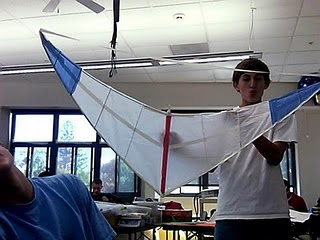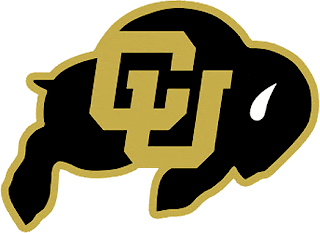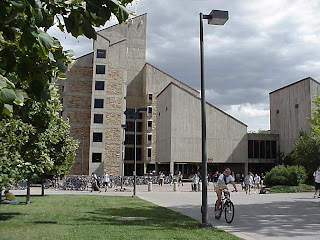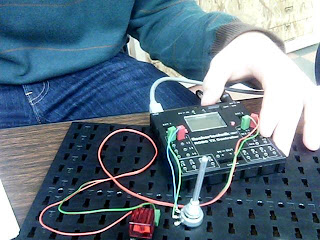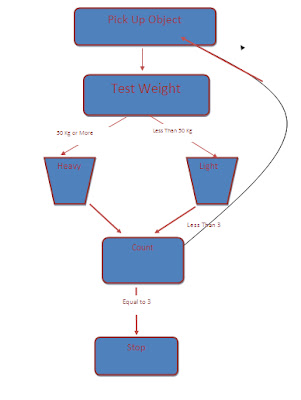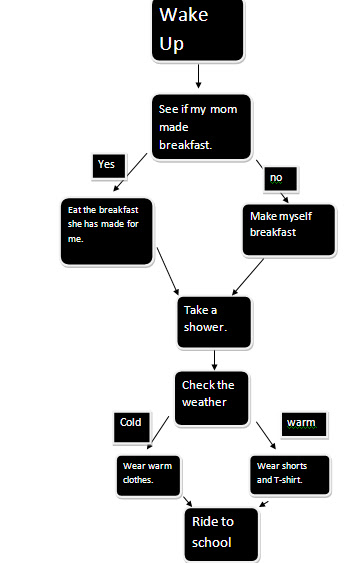On Wednesday I was absent so I couldn't partake in this activity with my team. I returned on Thursday and did do the activity. We were given a list of 15 items and needed to decide which would be most important and which would not be, ranking the items 1-15. My items went
1. 25 liter water
2. Case of army rations
3. 20 sq. ft. of plastic sheeting
4. 15 ft. nylon rope
5. fishing kit
6. mosquito netting
7.shaving mirror
8. shark repellent
9. 2 boxes chocolate
10. 10 litre can of oil/petrol
11. small transistor radio
12. floating seat cushion
13. one bottle 160% proof rum
\14. Maps of pacific Ocean
15. sextant
I chose the 25 litre can of water as #1 because i figured in order to survive any length, you will need water.
At number2 I chose a case of army rations, because if I am out on the water for a few days, hunger will come and I will need to eat food eventually. For my #15 i chose a sextant. I don't have any maps of the stars, and i can't manuevre my boat anyways.
My group chose pretty much the same order as I did, so there reaaly isn't much to say as far as differences go. Although i wasn't there, I bet our group worked well together and worked effectively.
I was actually surprised by the experts' rankings. My rankings were quite off compared to theirs. I was surprised by their #1 and #2 rankings of mirror and oil/petrol mix. Their theory is that those things could be used for signaling which could be used for rescue. Their rankings were more for getting rescued, while mine were more towards water, food, and lasting the longest.


